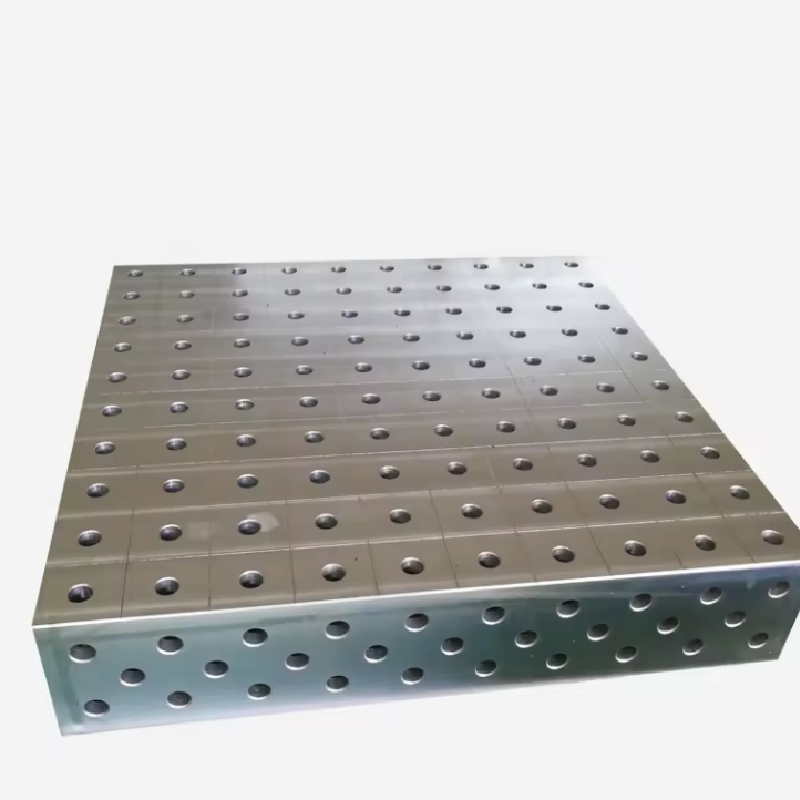វិច្ឆិកា . 25, 2024 14:20 Back to list
Steps to Safely Shut Off Your Water Valve at Home
How to Close the Water Valve A Step-by-Step Guide
Closing a water valve is an essential skill for homeowners and tenants alike. Whether you’re addressing a leak, performing maintenance on plumbing systems, or preparing for winter, knowing how to safely and effectively close the water valve can save you time and prevent water damage. Here’s a straightforward guide to help you through the process.
Understanding the Water Valve
The water valve is a crucial component of your plumbing system. Its primary function is to control the flow of water within the pipes of your home. Valves can be located in various areas, including underneath sinks, near water heaters, and at the main water supply line entering your home. Familiarizing yourself with these locations will undoubtedly make the process easier.
Gathering Necessary Tools
Before you start, ensure you have the right tools on hand. While closing a water valve typically requires no additional equipment, it can be helpful to have the following
1. Adjustable Wrench For loosening or tightening bolts. 2. Towel or Rag To clean up any spills. 3. Flashlight If you need better visibility, especially in dark areas like basements or attics.
Steps to Close the Water Valve
1. Identify the Valve Depending on the specific task, locate the valve you need to close. For emergencies or significant maintenance, you might need to find the main water shutoff valve.
how to close the water valve

2. Turn Off the Valve Most residential valves can be operated by hand. If it’s a gate valve (which resembles a wheel), turn it clockwise (right) until it stops. If it's a ball valve, which has a lever, turn it perpendicular (at a right angle) to the pipe. It’s crucial to not force a valve closed if it doesn’t easily rotate, as this could damage the mechanism.
3. Check for Water Leaks Once you’ve closed the valve, monitor the area for any leaks. This is particularly important if you were closing the valve to perform repairs. If water continues to flow, double-check that the valve is completely turned off.
4. Release Pressure If you’re shutting off water to fix a pipe, it’s a good idea to open a faucet on a lower level of your home to release any built-up pressure in the pipes. This can help in preventing any backflow or messy spills while you work.
5. Complete Your Task Proceed with your repair or maintenance work as intended. Make sure to keep the area clean and organized to avoid any accidents.
6. Reopen the Valve After completing your work, ensure you close any faucets that were opened. Gradually turn the valve back on by twisting it counterclockwise or repositioning the lever back to its original position. Check for leaks again, especially near any joints or connections that were disturbed.
Maintenance Tips
Regular maintenance of your water valves can help extend their lifespan. Periodically check them for rust, leaks, or wear and tear, and if you find any issues, consider replacing them before they become problematic.
Conclusion
Knowing how to close the water valve is a valuable skill that can help prevent extensive water damage and facilitate plumbing repairs. By following these straightforward steps, you’ll be better prepared to handle any water-related issues that arise in your home. Remember, when in doubt or if faced with complex plumbing challenges, consulting a professional plumber is always a wise choice.
-
Thread Plug Gauge Our Promise of Measurement ExcellenceNewsAug.22,2025
-
Gauge Pin Class Reflecting Quality LegacyNewsAug.22,2025
-
Check Valve Types for High Rise BuildingsNewsAug.22,2025
-
Water Control Valve for Irrigation SystemsNewsAug.22,2025
-
Gate Valve with Soft Seal TechnologyNewsAug.22,2025
-
Y Type Strainer for Oil and Gas ApplicationsNewsAug.22,2025
Related PRODUCTS









